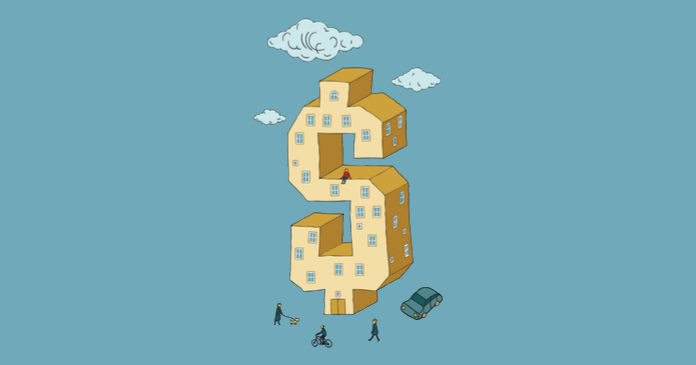A recent report by the website, apartmentlist.com, contains good news and bad news on the affordability of rental housing. The bad news is that many renters are rental cost burdened. The good news is that the rental cost burden has been slowly easing over the last few years.
Choosing a base year
Apartment list analyzed data from the Census Bureau’s American Community Survey for the years 2007 to 2017. The choice of the year 2007 as the basis for comparison is interesting in that it was near the peak of the housing bubble. When the bubble burst and the economy fell into recession, there was a huge shift in the housing market with many owners suddenly becoming renters. There was also a huge shift in the jobs market with many people losing their jobs.
Still, you have to start somewhere, and 10 years is a reasonable period of time over which to make comparisons.
Reaching a peak
The report shows that median rents continued to rise for a time after 2007, even as median incomes fell. This led to an increase in the portion of renter households who were considered to have a rental cost burden (more than 30 percent of income spent on rent) or a severe rental cost burden (more than 50 percent of income spent on rent). Rent burdened households peaked at 53.4 percent of all renter households in 2011. Since then, the trend has been for the fraction of rent burdened renter households to decline somewhat, reaching 49.5 percent of households in 2017.
Worth a read
The report contains a number of interesting graphs, including one where you can view how the portion of cost-burdened renters changed between 2007 and 2017 for a geographic area (county, metro or state) you can select. You can find the report here.
Fun fact
An interesting, and counterintuitive, fact presented by the report is that San Francisco, which has the highest average rents in the nation, is actually one of the more affordable large metro areas based on a comparison of median rents to median incomes. This is a testament to the fact that San Francisco has one of the highest median income levels in the nation.














